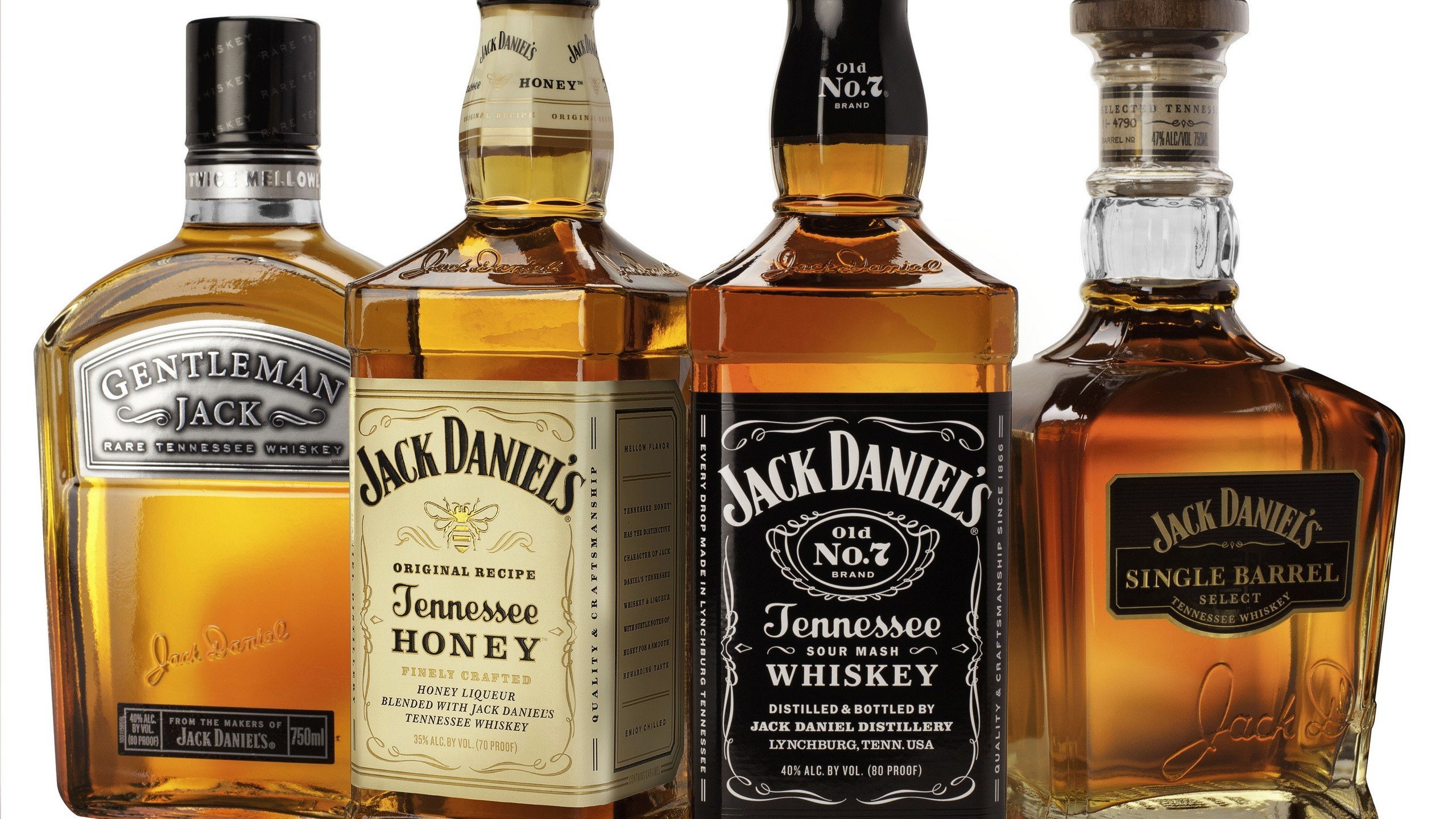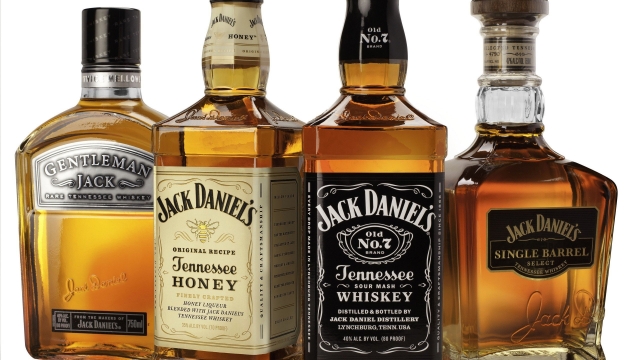Whisky, a captivating spirit that has been enjoyed and revered by enthusiasts around the world for centuries. Its rich history, complex flavors, and unparalleled craftsmanship make it a drink that appeals to the senses and the soul. Whether sipped neat, on the rocks, or in a delightful cocktail, whisky has the power to transport us to distant lands and evoke a sense of timelessness and refinement.
Every bottle of whisky tells a unique story. From the distillation process to the aging in carefully selected barrels, each step contributes to the creation of a drink that is so much more than a mere beverage. It is a piece of art, meticulously crafted by master distillers who have devoted their lives to perfecting the art of whisky-making.
The world of whisky is truly a treasure trove waiting to be explored. From the peaty and smoky notes of Scotch whisky, to the smooth and elegant flavors of Irish whiskey, and the robust and spicy characteristics of bourbon, there is a whisky for every palate and occasion. As we delve into this realm of liquid gold, we uncover not only a diverse array of flavors, but also a deep appreciation for the heritage and traditions that have shaped whisky into the beloved drink it is today.
Join us on a journey of discovery as we delve into the captivating world of whisky. From the history and production methods to the art of tasting and pairing, we will explore the nuances and intricacies that make whisky a timeless indulgence. So raise your glass, savor the moment, and let the spirit of whisky transport you to a world of unrivaled elegance and flavor. Cheers!
The History of Whisky
Whisky, also known as whiskey in some countries, holds a rich and fascinating history that spans centuries. Its origin can be traced back to the ancient lands of Scotland and Ireland. The exact birthplace of whisky is heavily debated, with both nations claiming it as their own. Regardless of its origins, this spirited beverage has become a beloved staple around the world.

Legend has it that whisky was first distilled by monks in Ireland during the early Christian era. These wise men of the cloth sought a way to create a elixir that could bring warmth to both the body and the soul. Their efforts resulted in the creation of uisce beatha, which translates to "water of life" in Gaelic.
In the late Middle Ages, whisky production spread to Scotland where it evolved into the iconic drink we know today. The rugged landscapes and harsh climate of Scotland provided the ideal conditions for whisky production. Scottish distilleries began perfecting the techniques of distillation and aging, adding their own unique touch to the spirit.
Over time, whisky evolved from being a local beverage to an international sensation. The Scots and the Irish brought their whisky-making skills to new shores, introducing the world to their beloved elixir. Today, whisky is produced in various countries across the globe, each with its own distinct style and flavor profile.
The history of whisky is not just about its production, but also about the cultural impact it has had on societies. Whisky has woven itself into the fabric of many communities, becoming a symbol of celebration, camaraderie, and even rebellion. It has been the companion to countless stories, from the fireside tales of Scottish clans to the glamorous speakeasies of the Prohibition era.
As we explore the world of whisky, it is important to acknowledge and appreciate its historical significance. This is a drink that carries with it the stories and traditions of generations past. So let us raise a glass and toast to the fascinating history of whisky, a spirit that continues to captivate and enchant us to this day.
The Different Types of Whisky
When it comes to whisky, there is an incredible variety to explore. Each type of whisky has its own distinct characteristics and production methods. Let’s take a look at three popular types of whisky: Scotch, Bourbon, and Irish.
Scotch whisky, often simply referred to as Scotch, is renowned for its rich history and distinctive flavors. It is typically produced in Scotland and made from malted barley. Scotch whisky can be further categorized into single malt and blended whisky. Single malt Scotch is made from malted barley at a single distillery and offers a complex range of flavors, ranging from fruity to smoky. Blended Scotch whisky, on the other hand, is a combination of different malt and grain whiskies, resulting in a harmonious and well-balanced taste.
Bourbon is a type of American whisky that is primarily made from corn. It is known for its sweet and full-bodied flavor profile. Bourbon must be produced in the United States and aged in new charred oak barrels. The aging process imparts notes of vanilla, caramel, and oak to the whisky, creating a warm and inviting taste. With its strict regulations and unique production methods, bourbon has gained a prominent place in the world of whisky.
Irish whiskey, with its smooth and approachable character, has also made a name for itself. Like Scotch, Irish whiskey can be made from malted barley, but it can also include other grains such as corn or wheat. It is typically triple-distilled, which results in a smooth and light-bodied whisky. Irish whiskey offers flavors of honey, citrus, and spices, making it a versatile choice for both sipping and mixing in cocktails.
As we dive deeper into the world of whisky, we discover an array of flavors, traditions, and history associated with each type. Whether you prefer the smoky complexity of Scotch, the sweet richness of Bourbon, or the smooth elegance of Irish whiskey, there is a whisky out there to suit every palate and occasion. Cheers to the art of savoring this beloved spirit!
Macallan Fine Cacao
The Tasting Experience
In order to fully appreciate the complex and alluring nature of whisky, one must embark on a sensory journey that engages not only the taste buds but also the sense of smell and sight. From the moment the amber liquid is poured into the glass, anticipation builds for the experience that awaits.
When it comes to tasting whisky, it is important to take your time and engage all your senses. Begin by observing the color of the whisky, which can range from pale gold to deep amber. Hold the glass up to the light and let the hues reveal themselves, giving you a glimpse into the whisky’s age and character.
Next, bring the glass to your nose and take in the array of aromas that waft up from the liquid. Close your eyes and let the scents transport you to distant lands, with notes of vanilla, caramel, oak, and even the smokiness of a peat fire. Take your time to identify the different aromas and appreciate the complexity they add to the whisky.
Finally, it is time to take that first sip. Allow the whisky to linger on your palate, exploring its flavors and textures. Notice the sweetness, the subtle hints of fruit or spice, and the warming sensation as it coats your mouth. Take small, deliberate sips to fully savor each nuance that the whisky has to offer.
Remember, whisky tasting is a personal experience, and everyone’s preferences may differ. Take the time to experiment with different expressions and brands, allowing your palate to develop and explore the vast world of whisky.
Cheers to the art of savoring whisky and the endless discoveries it brings!


